When the moon covers the sun, we have a solar eclipse. What do you call it when birds do that?–Kim Young-ha
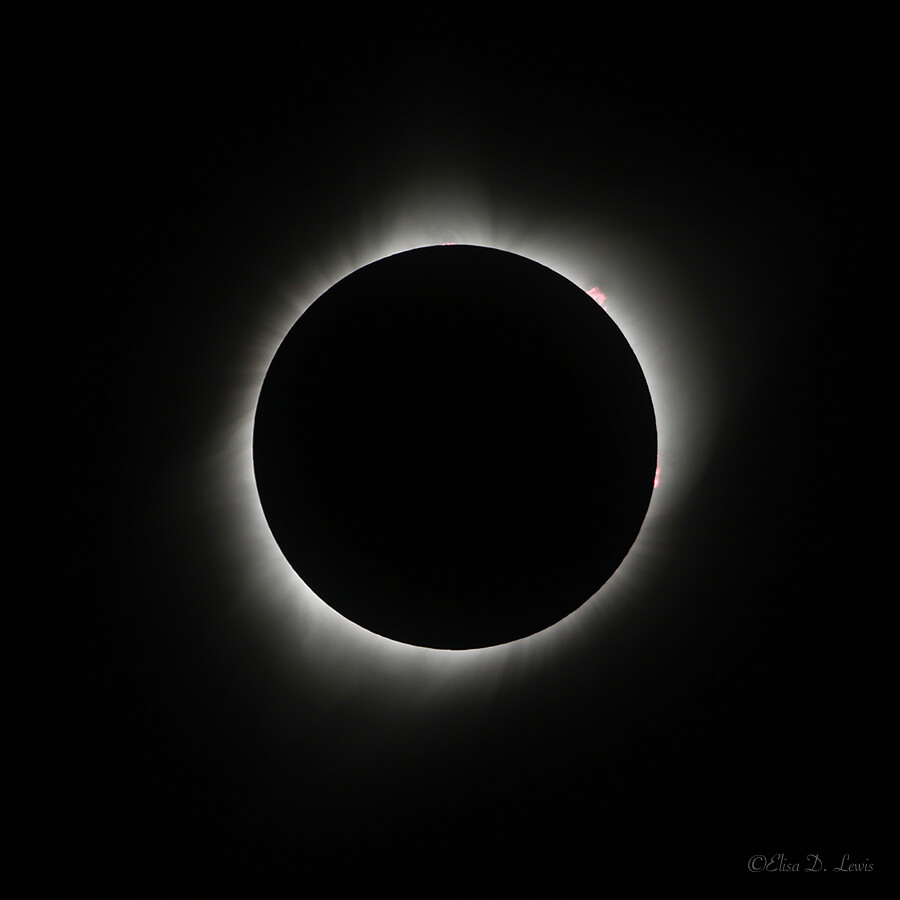
Ducks are a bit weird. If you’ve ever scrutinized your reference books or field guides you may have noticed that sometimes the bright plumage of the drake is labeled “winter” and not “breeding.” This is because many species of drakes with brilliantly-colored plumage during most of the year molt into a relatively drab, female-like plumage called eclipse plumage during a short post-breeding period in summer. Their nearly year-round brilliance is briefly in eclipse.
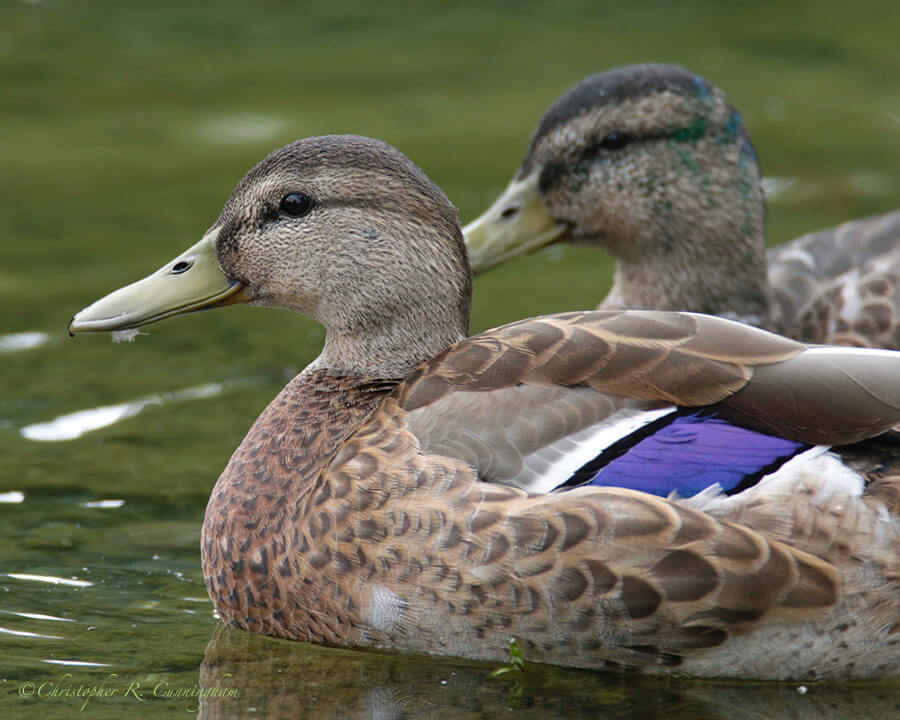
After our return from a recent Alaska trip, several birder friends from Texas asked what we had seen. Chris replied “Mallard drakes in eclipse plumage, for one.” The reaction was similar to the one he gets when someone asks why there are not astronomical eclipses all the time (“The plane of the moon’s orbit is inclined by 5 degrees to the plane of the ecliptic.”): bewildered stares.
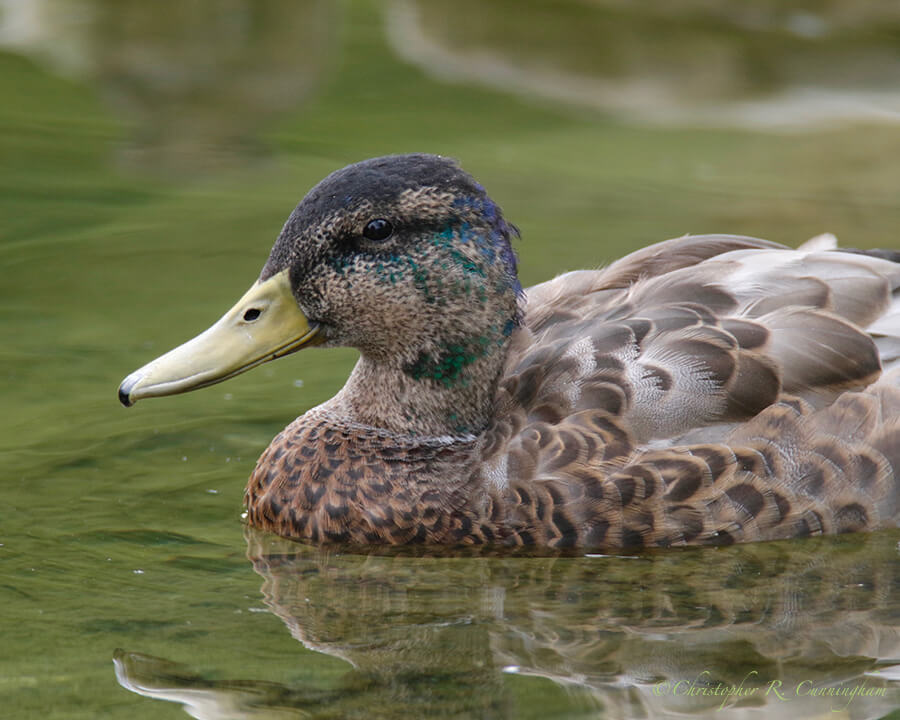
This reaction is likely because only a handful of duck species breed in Texas, and more than half of these (Mottled Ducks and Fulvous and Black-bellied Whistling-Ducks) lack strong sexual dimorphism and a brilliantly colored drake. Only in Blue-winged Teal and Wood Ducks does the the possibility exist of seeing a drake noticeably in eclipse along the Upper Gulf Coast of Texas. In the case of the former, the casual birder would likely think he/she was looking at a hen. In the case of the latter, likely a juvenile or hen. Also, since none of these Texas duck species are typically a cause for excitement among birders, these drakes probably wouldn’t get a second look. In northern regions, where many duck species breed, an oft-asked question among those not clued-in to eclipse plumage is: “Where do all the beautiful drakes go in the summer.”
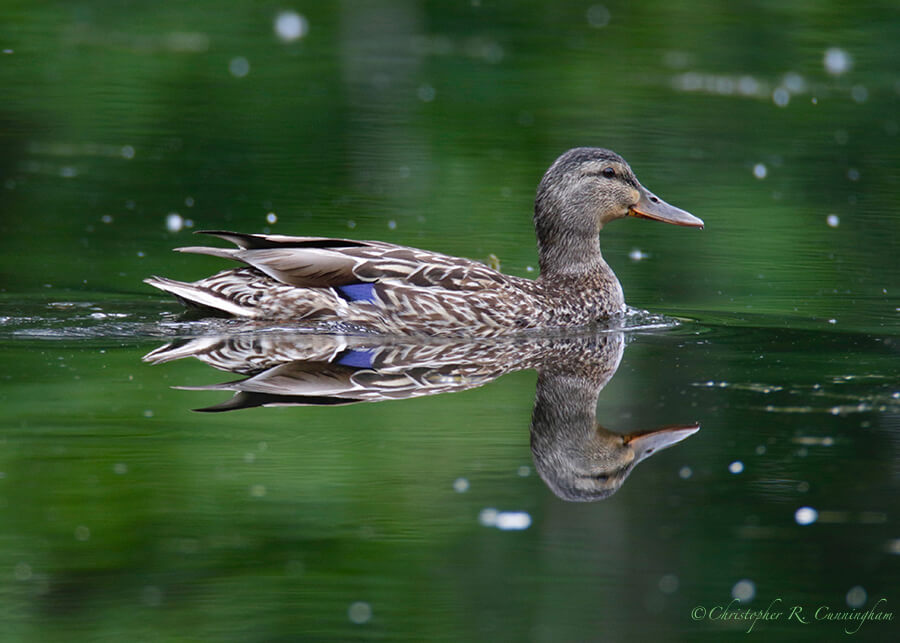
What is the purpose of eclipse plumage? An adaptationist explanation is that after breeding the drakes no longer need the brilliant colors, so when they enter the molt for their primary (flight) feathers, they lose their showy colors, too. This makes sense ecologically in that when molting primaries they are unable to fly, so being more camouflaged like the females would be adaptive. The hens typically molt their primaries later in the summer, when the ducklings are quite independent.
Travel birding is a worthy endeavor because the insights you gain can be applied frequently at home. The next time I see drakes in the summer here in Texas, I’m sure to look a little harder at them. Maybe you will, too.
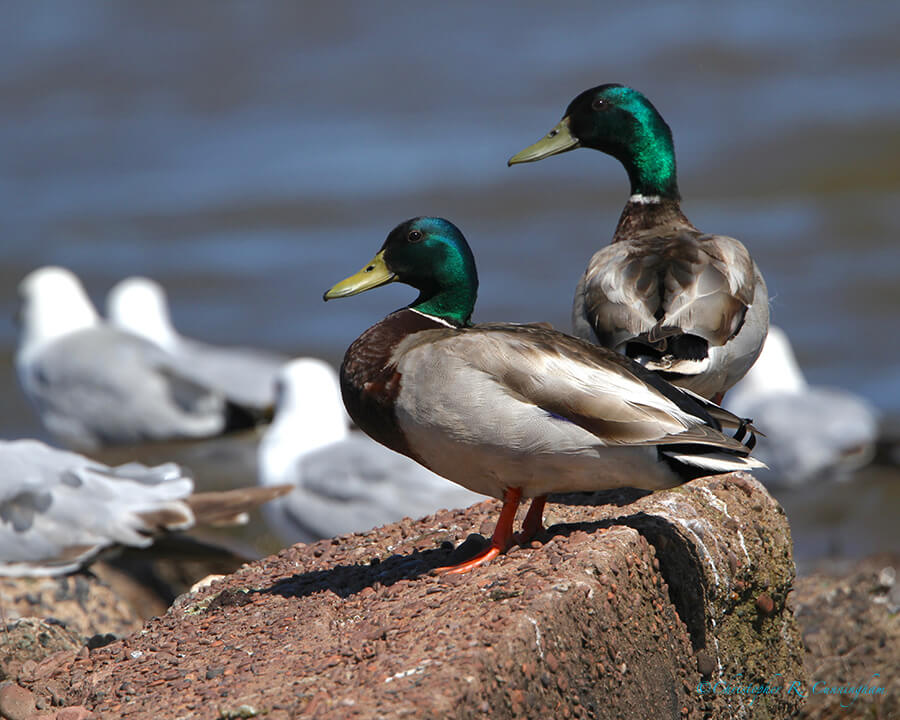
©2017 Elisa D. Lewis and Christopher R. Cunningham. All rights reserved. No text or images may be duplicated or distributed without permission.